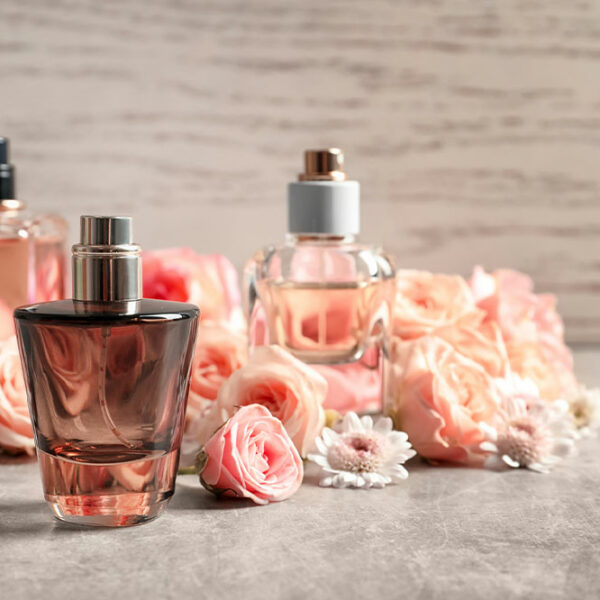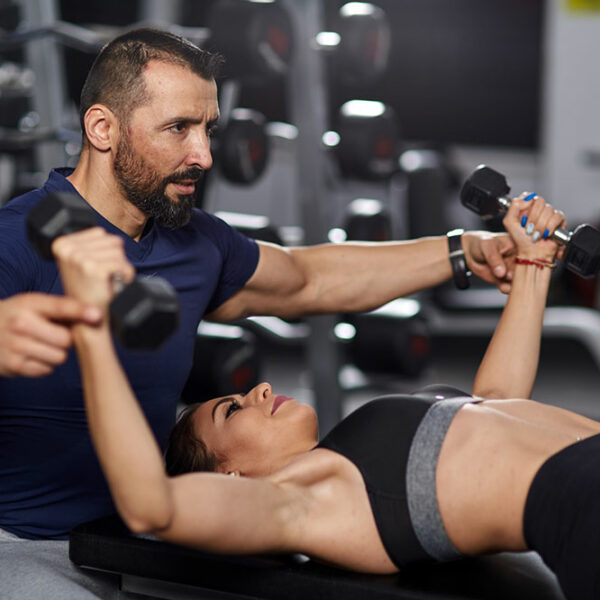
Lifestyle tips for healthy and glowing skin
Many people invest a lot of time and effort to achieve healthy, glowing skin. They use all the creams, serums, and treatments on the market but rarely see the desired results. It could be because their skincare routine is not supported by the right lifestyle changes. It includes healthy eating, avoiding stress, indulging in regular physical activity, and cultivating certain other habits that benefit the skin in the long run. Choose the right foods Our skin and body reflect what we eat. So, make a conscious effort to add nutrient-rich foods to your everyday meals that can boost physical and mental health. Vegetables and fruits are healthier than carbohydrates like rice, bread, or any form of refined flour. Further, some nutrients in foods have unique benefits for the skin: Vitamin C Foods rich in vitamin C help achieve a clear, bright complexion, thanks to their natural properties that boost collagen. The best vitamin C-rich foods include oranges, bell peppers, parsley, kiwis, berries, and papaya. Iron You should also include iron-rich foods in your meal plan for better skin health. Iron enhances oxygen flow throughout the body, promoting healthy and radiant skin. Spinach, kale, legumes, liver, pumpkin seeds, and quinoa are the best options.

